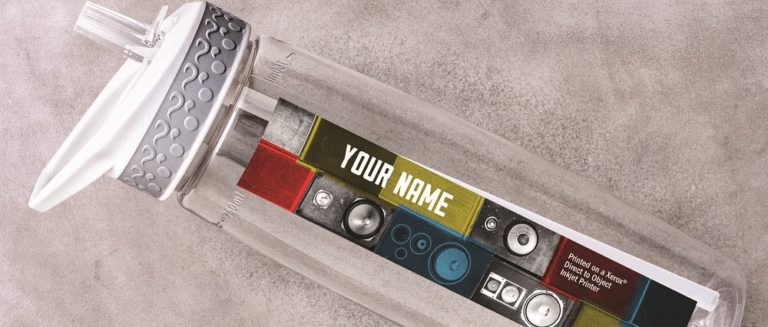Consumers who purchase via multiple selling channels are more profitable for retailers.
By Paul Wolf, vice president, Retail Services, Xerox
As the e-commerce boom continues, brick-and-mortar retailers should focus on their competitive advantage — superior customer service — to create a seamless customer experience. You can control how your brand image resonates with your customers when you figure out how to co-exist with online sales and mobile shopping..
Let’s take a look at the 2013 holiday shopping season. Although one-quarter of Americans surveyed said they never miss, or usually visit, at least one store on Black Friday, in-store sales were down by 3 percent, or $1.7 billion. However, the season wasn’t a total flop: Online shoppers—a record-breaking 66 million—were accountable for $1.2 billion in retail sales, up 15 percent year-over-year, according to the National Retail Foundation.
Taking this consumer behavior into consideration, retailers must create a seamless experience for their customers. This means:
- Streamlining where inventory can be searched, bought, returned and exchanged;
- Brand planning and merchandising;
- Sales support and branding all under one roof:
Enter the omni-channel experience.
Consumers don’t see “different channels.” They only interpret the ease, or enhancement, of their shopping experience — and they compare this experience to other retailers. The value of this insight: Consumers who purchase via multiple selling channels are more profitable to your business than ones who don’t.
So now that it’s established that you must merge the digital and physical selling worlds and exude one seamless customer experience, the question is: How?
Agility is a key component to long term success, and implementing new ideas and technology, — while training employees to understand it all — can be difficult. Almost every function on the retail floor has some impact or dependency on technology in the data center.
A centralized, command center under a single provider’s care, allows retailers to adopt the omni-channel experience for their customers. Service desk and support systems for various in-store technologies support thousands of store locations, and manage a wide range of vendors as well as exponentially more products. This allows employees to assist customers and provide a hands-on experience, while the command center keeps stores, inventory, planning and merchandising streamlined across all channels. The command center’s tasks include:
- Consolidate in-store technology, such as point of sale systems and scanners; technology management; incident management, and service.
- Proactively monitor in-store technology to keep availability high, and mitigate potential breakdowns before they occur.
- Handle all administration, maintenance, system upgrades and patches.
- Operate a hotline for store employees to call if something goes wrong with an in-store system, such as a point of sale malfunction, or a kiosk with a frozen screen.
Over the past five years, the number of retailers who operate in multiple channels has doubled, so it’s apparent that mastering the omni-channel operation is a retail industry necessity. Upon initial implementation of a command center, we’ve seen the number of technological issues per store per month decrease by 50 percent. From an ongoing, monitoring standpoint, we’ve seen these issues reduced per store by at least an additional 15 percent—across thousands of stores within a chain.
By breaking the cycle of comparing online shopping vs. catalogue vs. in-store shopping, your channels will dissolve into a centralized seamless shopping experience.
Once a store can successfully operate as an omni-channel operation, phase two begins. It includes analyzing the aggregated data from these channels to create a 1:1 relationship with your customer. This means knowing your customers’ preferences, how they like to be communicated with, mobility options, how to promote sales or relevant purchases, payment preferences, and more.
The bottom line is that brick-and-mortar retailers are here to stay, and now is the time for retailers to act. A command center has many benefits to a retailer, but technology is changing rapidly, and retailers cannot risk being left behind.
More information about Xerox Retailer Solutions is available on the Web.

